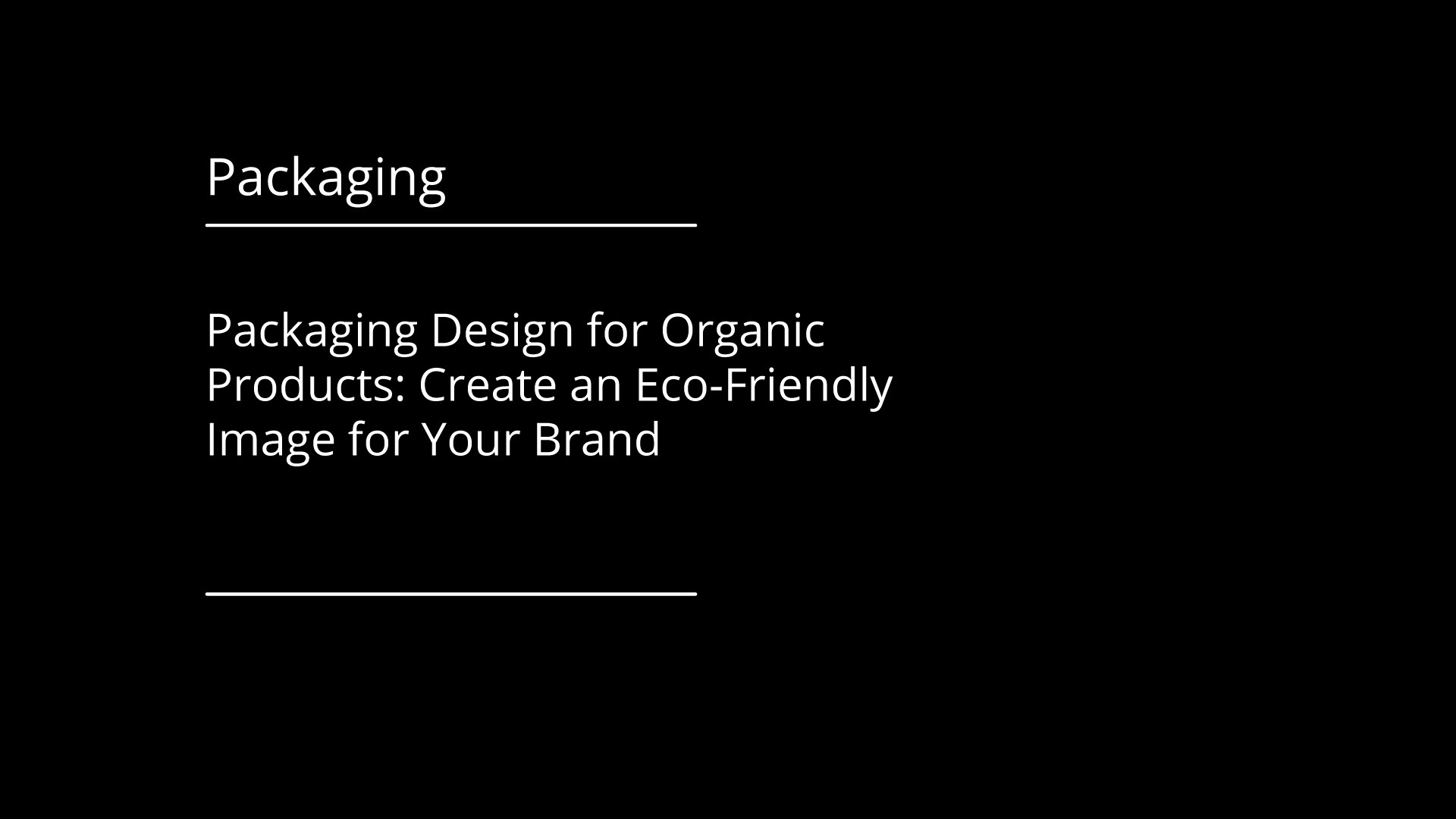
When it comes to selling organic products, creating an eco-friendly image is essential. One of the most critical elements in conveying this message is the design of your product packaging. This article explores the importance of packaging design for organic products and offers tips for creating attractive, eco-friendly packaging that resonates with your audience.
Packaging design, whether it’s a label, box, or flexible pouch, plays a crucial role in attracting customers and influencing their purchase decisions. For organic products, its importance is even greater. Your packaging should reflect your brand’s values and appeal to a target audience interested in eco-friendly and sustainable products.
By designing packaging aligned with these values, you differentiate yourself from competitors while establishing your brand as trustworthy and committed to environmental care. A well-thought-out design increases the perceived value of your product and fosters a positive emotional connection with consumers.
When designing packaging for organic products, consider these essential elements:
Using eco-friendly, sustainable materials is a cornerstone of creating environmentally conscious packaging. Opt for biodegradable, recyclable, or renewable resources. Consider materials like organic fibers, recycled paper, or bioplastics to align with sustainability goals.
Less is more when it comes to eco-friendly packaging. Minimalist designs not only reduce waste but also convey a clean and modern image. Avoid overly intricate graphics or unnecessary embellishments. Instead, focus on simplicity and clarity, letting the product take center stage.
Incorporate symbols or imagery inspired by nature to reinforce your eco-friendly and organic message. Illustrations of plants, leaves, or other natural elements evoke a sense of environmental consciousness and align with the organic product theme.
Ensure your design highlights key attributes and clear information about the ecological and sustainable aspects of your product. Certifications and logos from recognized organic certification bodies can add credibility to your brand and appeal to environmentally conscious consumers.
Staying updated with the latest trends in packaging design helps create modern and appealing packaging for organic products. Here are some current trends to consider:
Simple and clean fonts, often in bold, effectively communicate eco-friendly messaging. Avoid overly decorative fonts and opt for easy-to-read typography that complements the overall design.
Choose earthy tones such as greens, browns, and blues to establish a connection with nature. These colors not only symbolize organic products but also evoke a sense of calm and harmony.
Incorporate textures and patterns that mimic natural materials like wood or stone. These elements add depth and visual interest to your packaging, making it stand out on the shelf.

Creating an eco-friendly image for your organic products starts with thoughtful packaging design. By using sustainable materials, adopting a minimalist approach, incorporating nature-inspired elements, and providing clear and informative labels, you can craft packaging that appeals to environmentally conscious consumers.
At Firstrein, we specialize in packaging design and can be your partner in developing your projects. From labels to cardboard boxes and flexible packaging, we’ll help bring your vision to life. If you’re looking for a packaging expert, look no further—we’re here to support you.
Firstrein Design Company LLC Ⓒ — All Rights Reserved.
Top